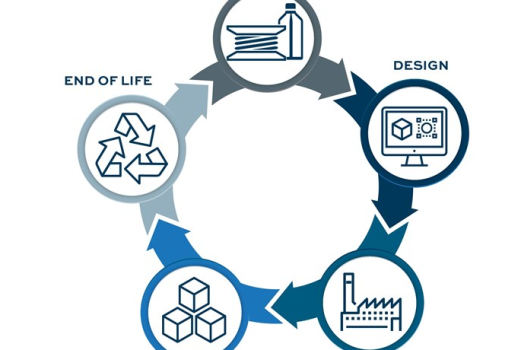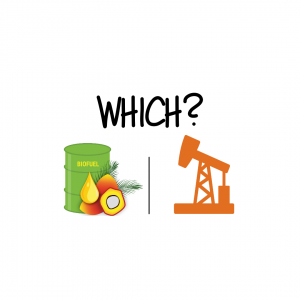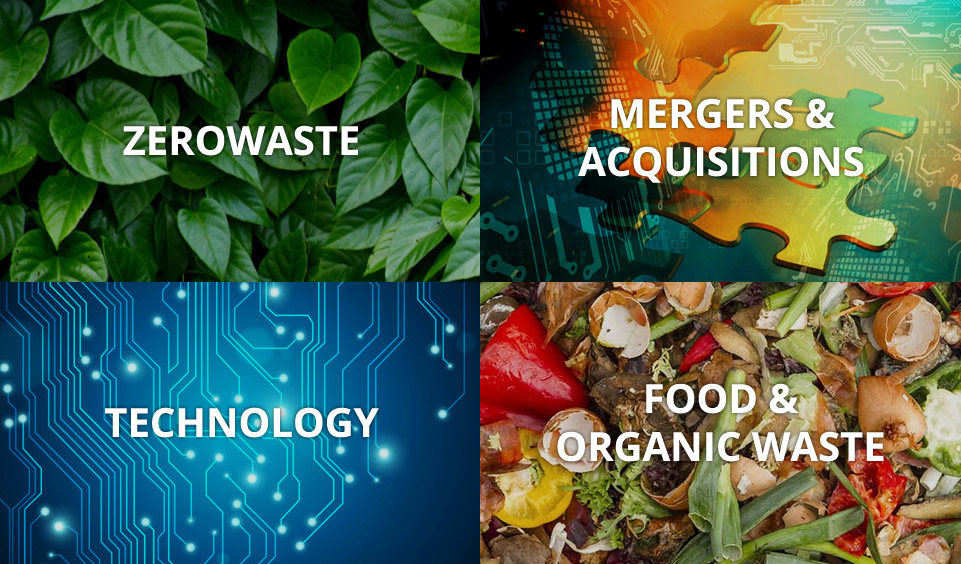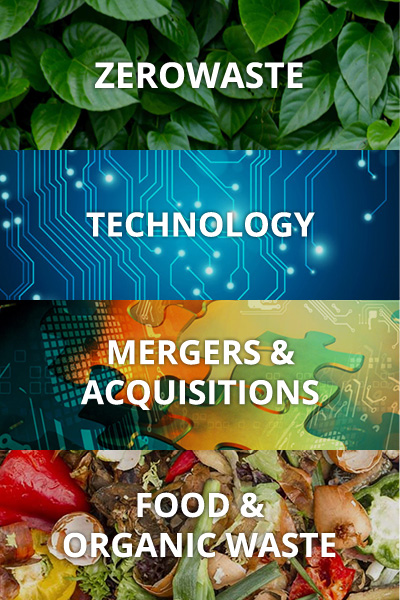As concerns about climate change and air pollution continue to grow, the need for alternative fuels is becoming increasingly urgent. One such fuel that has been gaining attention is green diesel. Unlike traditional diesel fuel, which is derived from crude oil, green diesel is produced from renewable sources such as vegetable oils, animal fats, and waste materials.
In this article, we will explore the advantages and challenges of green diesel and discuss its potential as a fuel of the future.
Advantages of Green Diesel
- Renewable: One of the biggest advantages of green diesel is that it is derived from renewable sources. Unlike fossil fuels, which are finite and will eventually run out, the raw materials used to produce it can be replenished. And it has the potential to be a more sustainable and long-term solution to our energy needs.
- Lower emissions: Green diesel produces lower emissions than traditional diesel. According to some estimates, it can reduce greenhouse gas emissions by up to 90% compared to conventional diesel. That is because it is produced from renewable sources and has a lower sulfur content. As a result, it can help to improve air quality and reduce the impact of transportation on the environment.
- Compatibility: It can be used in existing diesel engines without the need for modification. That can be easily integrated into existing infrastructure and supply chains. Additionally, it has a similar energy density to traditional diesel, which means that it can provide similar performance.
- Versatility: Green diesel can be produced from a wide range of feedstocks, including vegetable oils, animal fats, and waste materials. It can be produced locally and can be tailored to suit the needs of different regions and industries.
Challenges of Green Diesel
- Production costs: The production of this type of diesel is currently more expensive than traditional diesel. And, that’s because the technology used to produce it is still relatively new and the raw materials used to produce it can be expensive. However, as production processes improve and economies of scale are achieved, it is likely that the cost of production will come down.
- Feedstock availability: The availability of feedstocks is a potential challenge for the production of green diesel. As demand for the fuel increases, there may be competition for the same feedstocks, which could drive up prices. Additionally, some feedstocks may be subject to seasonal fluctuations, which could impact the availability of such diesel throughout the year.
- Infrastructure: While green diesel can be used in existing diesel engines, the infrastructure for producing and distributing it is still in the early stages of development, ensuring that investment is needed to build the necessary infrastructure, such as refineries and distribution networks, to support the widespread use of green diesel.
- Land use: The production of feedstocks for the same could potentially compete with food production and lead to deforestation. It will be important to ensure that the production of the diesel does not have a negative impact on food security or biodiversity.
The Future of Green Diesel
Despite the challenges facing the production and distribution of green diesel, it has the potential to play a significant role in the transition to a more sustainable and low-carbon economy. As governments and companies seek to reduce their carbon footprint, the demand for renewable fuels is likely to increase. Additionally, advances in technology and improvements in production processes could help to bring down the cost of production.
To ensure the long-term viability of green diesel, it will be important to address the challenges facing its production and distribution. It require investment in research and development, as well as the construction of new infrastructure. Additionally, policies such as tax incentives and carbon pricing could help to create a market for such fuel and encourage its adoption.
In conclusion, green diesel has the potential to be a game-changer in the transition towards a more sustainable energy system. Its advantages, including its renewable nature, lower emissions, compatibility, and versatility make it an attractive alternative to traditional diesel. However, challenges such as production costs, feedstock availability, infrastructure, and land use must be addressed to ensure its long-term viability.
To overcome these challenges, research and development efforts are underway to improve production processes and reduce costs. Additionally, policies such as renewable fuel standards and carbon pricing can incentivize the production and use of green diesel. Collaboration between governments, industries, and research institutions will be crucial to advance the development and adoption of this diesel.
In the future, green diesel may also be used in conjunction with other renewable energy sources, such as solar and wind power, to create hybrid energy systems that are even more sustainable and resilient. With continued innovation and investment, it has the potential to become a significant contributor to a low-carbon and sustainable energy future.



